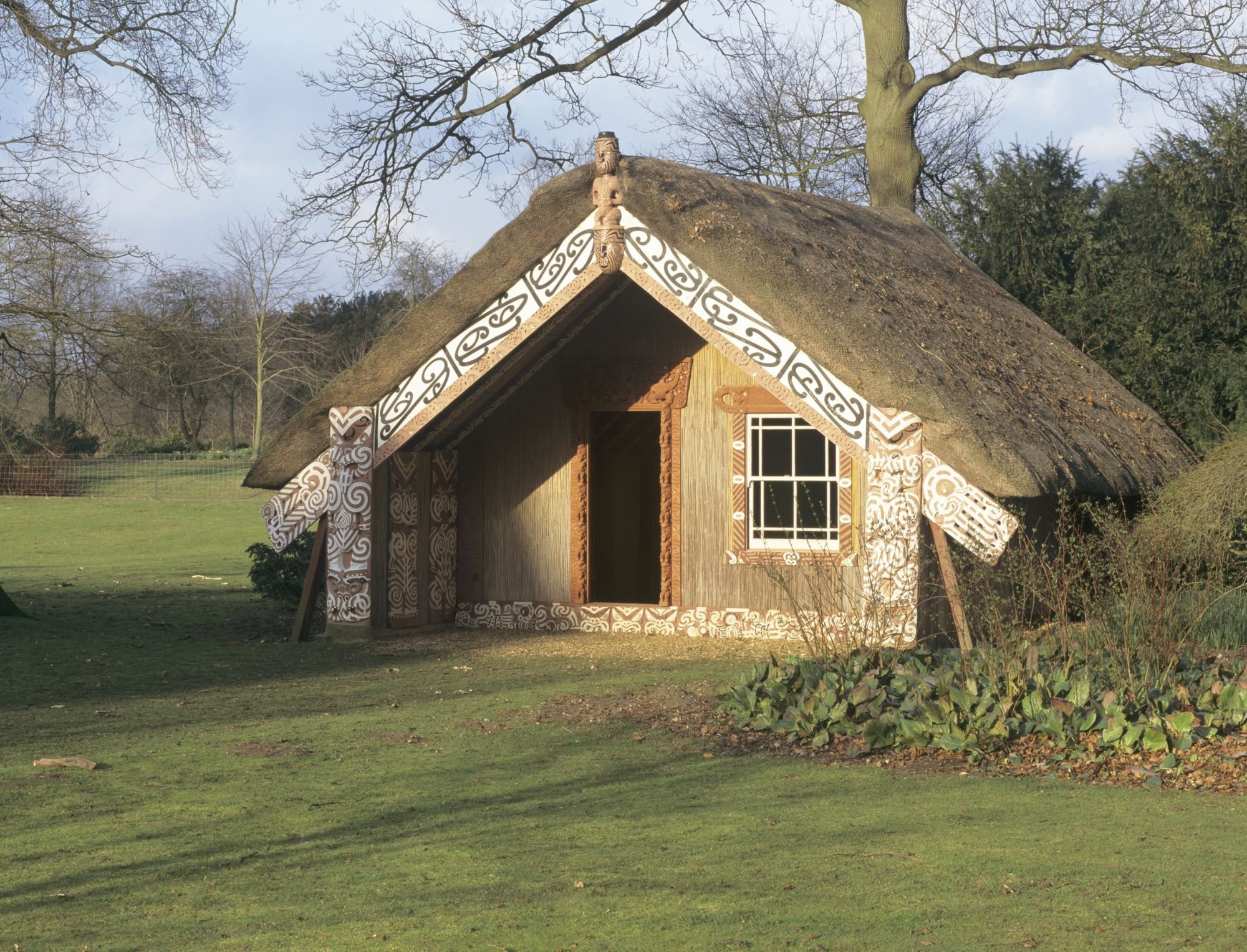
Historic Maori carvings are set to return to New Zealand after a 130-year staycation at an English country house. England’s National Trust, which owns Clandon House, has agreed in principle with the heritage organization Historic New Zealand to an exchange of the historic artifacts for modern carvings. The first restitution in the history of the charity, it has the tacit approval of the National Trust’s president, Prince Charles, who last month returned a Maori cloak that was given by a chief to Queen Victoria.
The move could be seen as a breakthrough by those who have long campaigned for the restitution of cultural artifacts as well as human remains in the UK’s museums and cultural institutions. The decision by the National Trust comes at a time when institutions, such as the British Museum and the Victoria and Albert Museum in London, face growing pressure from Indigenous communities and source countries to redress the legacy of colonialism.
“The decision hasn’t been taken lightly but it seems a win-win situation,” says John Orna-Ornstein, the director of culture and engagement for the National Trust. He explains that the carvings, which were originally part of a historic Hinemihi meeting house, are important for the Maori community in New Zealand as well as expat Maoris living in Britain. They have been using the meeting house, which is in the grounds of Clandon, since the 1980s. “It is considered a ‘living being,’” he says.
The meeting house and its contents were brought to England by William Hillier, the 4th Earl of Onslow, who was Queen Victoria’s governor of New Zealand in the early 1890s. The aristocrat shipped the oversized souvenir back to his ancestral home at Clandon Park House, a Palladian mansion in Surrey, in the South East of England. The only Maori meeting house in the UK has stood in the grounds of the country house ever since. The house itself, which is being rebuilt after a devastating fire in 2015, has been in the National Trust’s care since the 1950s, along with its contents.
Clandon Park House under restoration. Photo courtesy of the National Trust.
The carvings are among the artifacts that survived the fire. They are now in storage for conservation treatment. Two years ago, the National Trust received a formal restitution request from Historic New Zealand on behalf of the people of Rotorua. The meeting house has an added significance for the Maori community because it was the place where some of their ancestors took shelter during a deadly volcanic eruption of Mount Tarawara in 1886, which destroyed villages and killed more than 120 people.
The current Earl of Onslow backs the exchange of new carvings for the historic artifacts. In a statement he says, “The decision to swap [the Hinemihi] and return her to her homeland is fantastic news, because it will increase the interest in Maori culture here in Great Britain.” He adds that he is proud to be a descendant of the family that recovered and then restored Hinemihi after the volcanic eruption in the 19th century.
While the agreement has been made in principle, the National Trust says that it is at the start of a long process. The Hinemihi has listed building status and the relevant UK authorities need to give consent. The National Trust, which is a charity, is also seeking the formal assistance of the Charity Commission.